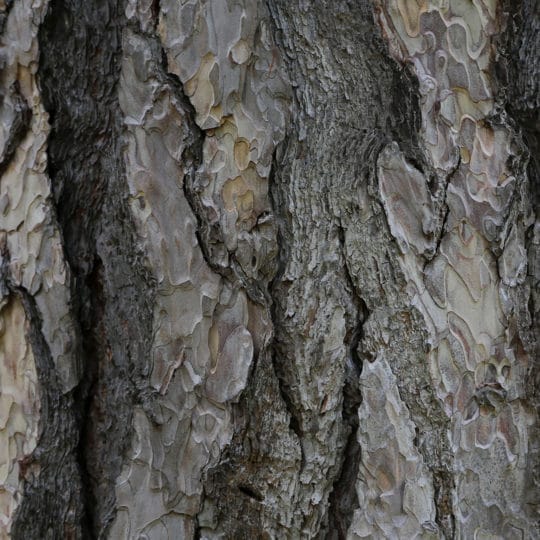Tree Scale 101
What it is & How to Threat
Posted
August 22, 2019

When it comes to tree scale, what you see is what you have. A scaly appearance on the tree trunk, branches, and twigs are actually sap-sucking insects. Learn more about tree scale and how it can be treated.
What is Tree Scale
There are two main types of scale—soft and hard (armored). Both types of insects use long, needle-like mouthparts to suck out sap and weaken the host tree or plant, but that’s where the similarity stops.
Soft Scales:
- Round, bump-like shapes
- Larger than armored scales
- Secrete a protective cotton-like or waxy substance over their bodies
- Produce sugary liquid called honeydew
Armored Scales:
- Flattened sphere shape
- Hard protective shell
Signs and Symptoms
Signs of tree scale depend on what type is growing on your tree. Armored scale looks like tiny oyster shells, and soft scale is more clusters of bumps. In the beginning, scales are actually mobile, six-legged insects smaller than a pinhead. Adult scales are more stationary since they’re busy feeding on one spot of the tree.
Other signs of show up on the leaves—yellow or brownish color and premature drop. You can also tell a tree has soft scale if there’s a coating of sticky honeydew on nearby picnic tables, walkways, and cars. It won’t do as much damage on these secondary surfaces as it will on the tree. Gone untreated, the syrupy secretion attracts insects and a fungus that covers and discolors everything it touches.
Treating Tree Scale
Catching scale in the beginning stages is easier to treat, especially on healthy trees. Keep plants well-watered and properly pruned. Any sign of scale should be pruned and disposed of so it doesn’t spread.
If the infestation has reached beyond the point of pruning, there are other options:
- Chemical treatments. During the early stages, insecticides are more effective treatments. Once a protective shell or coating is formed, it will be harder for pesticides and other treatments to penetrate.
- Natural predators. Once scale becomes sedentary, it becomes an easy target—and food source—for predatory insects like ladybugs and lacewing.
- Natural pesticides. Horticultural oils and insecticidal soaps smother the insect during any stage. Many non-toxic methods usually require repeated applications.
- Injections. Insecticides formulated to go into the soil or the trunk may be more expensive but also more effective.
For more information on preventing, identifying, and treating tree scale, contact Elite Tree Care for a consultation on the trees in your yard.